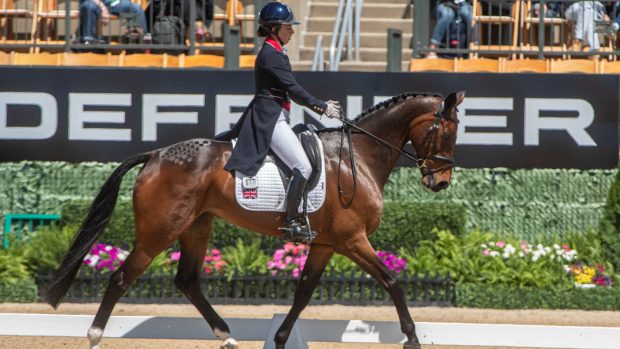HHO looks back on the special moments of racing’s “best loved owner”
The Queen Mother’s enthusiasm and support for national hunt racing rubbed off on all those lucky enough to meet her. She was racing’s “First Lady”. For those who simply admired her from over the rails at the paddock or the winners’ enclosure she was the sport’s best loved owner.
Wherever the Queen Mother went she carried with her a knowledge, not only of her own horses, but also those competing against her. Owners and trainers were often heard to marvel at how much intimate detail she knew about their own horses.
Of course, for anyone who passes their 100th birthday and continues to brave the worst elements of the English weather at Sandown, Cheltenham, Newbury, Kempton and Ascot there can be no doubt they are in love with the game. And that is exactly the impression given by the Queen Mother.
Her support throughout the last half century popularised our winter sport and provided the impetus for national hunt racing to reach new heights.
It all started back in 1949 with the Irish-bred Monaveen, whom the Queen Mother owned in partnership with her daughter Princess Elizabeth and was trained by Peter Cazalet. Monaveen was successful for her new owners in a chase at Fontwell and also very appropriately won the Queen Elizabeth Chase at Hurst Park.
Manicou was the first horse owned outright by the Queen Mother and went on to win the 1950 King George V1 Chase at Kempton. To this day Devon Loch, the most famous loser of the Grand National, is probably the best known horse to carry the blue, buff stripes, blue sleeves, black cap with gold tassel.
The Queen Mother was in attendance at Aintree that March afternoon in 1956 to see Devon Loch with the Grand National at his mercy on the run-in only to sprawl on to his belly with Dick Francis hanging round his neck.
As always in the face of defeat, the Queen Mother was phlegmatic. “That’s racing”, she is reported to have said.
Always keen for her horses to find happy retirement homes, the Queen Mother sent Devon Loch to be ridden as a hack on Newmarket Heath by the Queen’s trainer Sir Noel Murles.
Double Star, who won 17 races and was something of a standing dish round Lingfield, and The Rip were two popular chasers to carry the royal colours in the years immediately after the Devon Loch era.
The Grand Military fixture at Sandown was one of Her Majesty’s favourite gatherings.Not only was she patron of the meeting, but also among the most successful owners.
Her Special Cargo won three consecutive Horse & Hound Grand Military Gold Cups.
In 1986 the Queen Mother enjoyed her most successful day there with a treble, thanks to Special Cargo in the Horse & Hound Grand Military Gold Cup, Insular in the Imperial Cup and The Argonaut in the Dick Mcreery Cup.
Special Cargo had given her one of her most thrilling wins when prevailing in a finish of short heads in the 1984 Whitbread Gold Cup.
Laffy carried the royal colours to victory in Northern Ireland when he contested the Ulster Harp National at Downpatrick. Makaldar was arguably the most talented hurdler owned by the Queen Mother. He finished second to Saucy Kit in the Champion Hurdle. Her Majesty also saw Worcran and Escalus finish third in the Champion Hurdle.
On the death of Queen Elizabeth’s great friend Peter Cazaletin 1973, Fulke Walwyn took over the training of the royal string in Lambourn. Walwyn saddled Game Spirit to win 21 races for Her Majesty.
Other prolific jumpers to sport the buff and blue colours from Walwyn’s Saxon House stables were Inch Arran, Isle of Man and Tammuz, who took the Schweppes Gold Trophy.
Sunyboy was her 300th winner, Nearco Bay, trained by Nicky Hendseron who took over the royal reins on the death of Fulke Walwyn, provided her with her 400th and the total now stands at more than 450.
Fire Ball was the first horse Queen Elizabeth had trained in France and he won at Auteuil from the Francois Doumen stable. Double Brandy’s sprint win at Newbury in 1998 gave the Queen Mother her first win on the flat since Bali Hai III in the Queen Alexandra Stakes at Royal Ascot in 1959.




